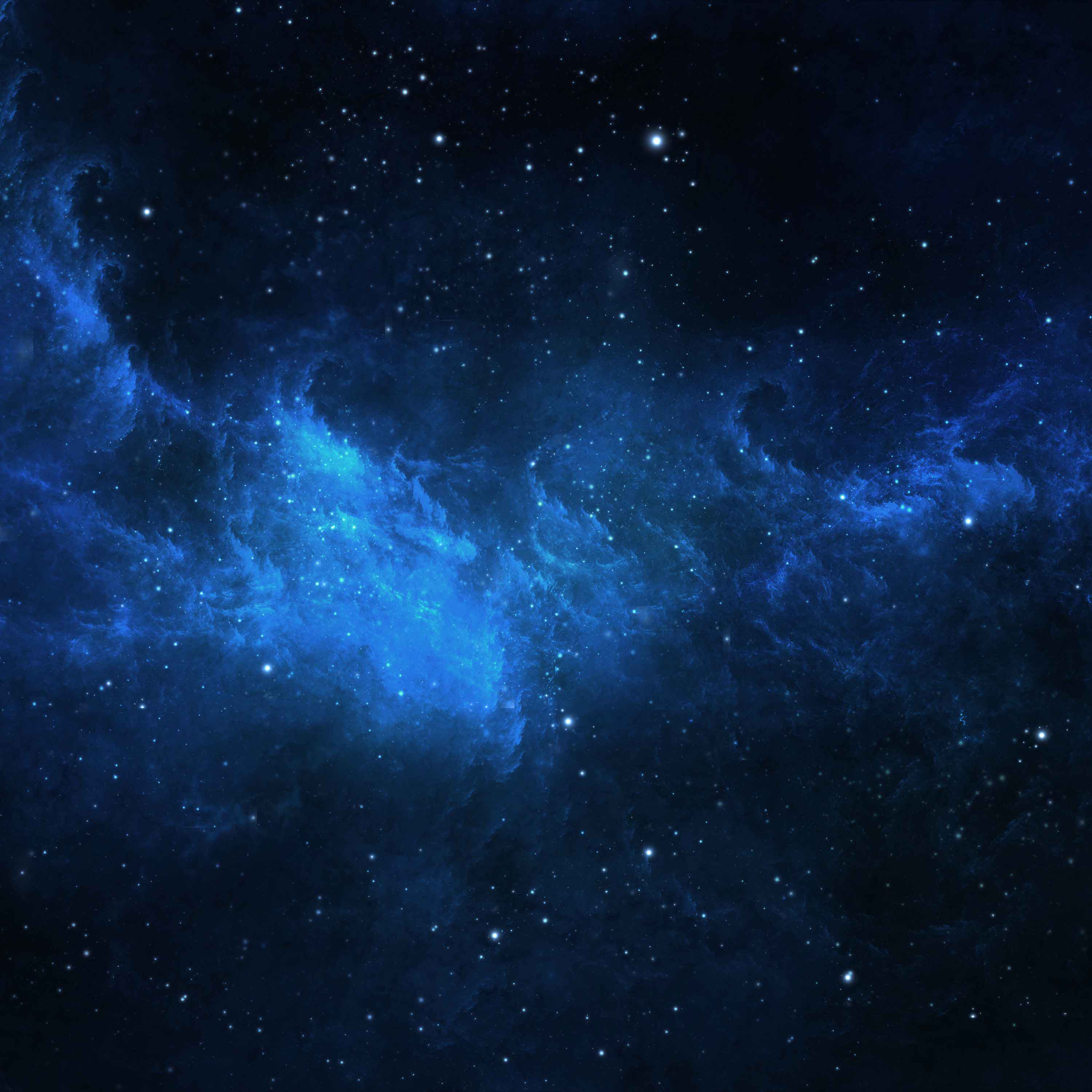

- This event has passed.
PhD defense : Antoine Schneeberger
5 December 2024 à 14h00 - 17h00
“Composition of the primordial matter in protoplanetary environments : Implication for the origins of the Galilean Moons and Giant Planets”. The defense will take place on Thursday December 5th at 2:00 PM in the LAM amphitheatre. The presentation will be held in english.
Jury Composition
Frederic MOYNIER (Institut de Physique du Globe de Paris) — President
Yasuhito SEKINE (Institute of Science of Tokyo) — Reviewer
Nicolas ANDRE (Institut de Recherche en Astrophysique et Planétologie de Toulouse) — Reviewer
Ravit HELLED (University of Zurich) — Examiner
Magali DELEUIL (LAM) — Examiner
Pierre VERNAZZA (LAM) — Examiner
Jonathan LUNINE (Jet Propulsion Laboratory) — Examiner
PhD supervisor : Olivier Mousis (LAM)
Abstract
This study investigates the formation of giant planets and the evolution of the Jovian system, providing insights to support upcoming space missions such as ESA’s JUICE, NASA’s Europa Clipper and NASA’s Uranus Orbiter and Probe. This work is divided into two parts. First, it examines the role of volatile species pure condensates, clathrate hydrates and amorphous water ice, in the formation of Jupiter, Saturn, Uranus, and Neptune within the sun’s protoplanetary disk (PPD). The study shows that clathrates bring volatile elements closer to the Sun than pure condensates, resulting in significant enrichment peaks, while amorphous water ice creates distinct enrichment zones. Comparing the modeled PPD composition with observed giant planet atmospheres reveals timescales and regions of planet formation, however we do not confirm, nor rule out the presence of clathrates hydrates or amorphous ice in the PPD, therefore highlighting the importance of further atmospheric measurements to refine these models. The second part of the work focuses on the circumplanetary disk (CPD) of Jupiter, particularly its thermal structure and the role of Jupiter heating, which surface temperature could reach 2000~K, and shadowing effects in shaping the disk. It shows that the shadowed regions form cold traps for volatile species within hot regions of the cirumplanetary disk. Furthermore, we show that if the CPD is hot, it becomes volatile poor, while if it is cold, it stays volatile rich. We also investigate the possibility of a “dry” CPD, where water is delivered primarily by hydrated minerals, and applies this concept to the exoplanetary system TRAPPIST-1, suggesting parallels between the water distribution in the TRAPPIST-1 planets and the Galilean moons. Finally, the development of a self-consistent chemical model for the CPD is presented, focusing on gas-phase chemical composition under thermochemical equilibrium. Initial results indicate vertical compositional layering in the disk, though non-equilibrium processes likely dominate in colder regions. Overall, this research lays the groundwork for understanding the formation of Jupiter and its moons, emphasizing the need for further observational data and model refinement to fully unravel the Jovian system’s origins.



